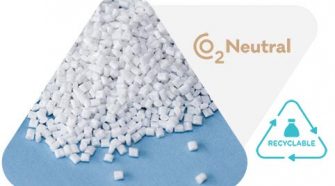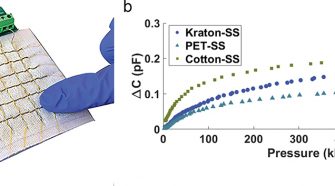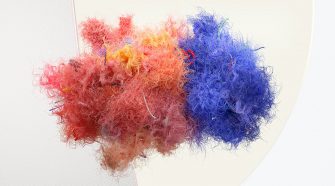Hot Topics

Do I sell or do I grow?
The textile fiber industry is changing, and standing still is not an option. Business owners must choose between several financial paths, including investment in growth, M&A activity and cashing in. …

Indorama introduces Deja Carbon Neutral PET pellet
Indorama Ventures PCL is expanding its portfolio of sustainable solutions under its Deja brand with its new Deja Carbon Neutral PET pellet. The latest innovation under IVL’s Deja global brand, this …

New after-effect from COVID – logistics moves from cost of doing business to colossal headache
As if COVID lockdowns and their implications for supply and demand were not challenging enough, every stage of the nonwovens supply chain from resin through end-customer is wrestling with a …

Student Spotlight: e-Textiles offer promising data to improve the comfort of prosthetic limbs
Jordan Tabor is a Ph.D. candidate within the Department of Textile Engineering, Chemistry, and Science at NC State’s Wilson College of Textiles. Her background is in textile engineering, and she …

Fiber and fabric producers take on the challenging pursuit of C2C certification
In September this year, imat-uve, a development and engineering company based in Mönchengladbach, Germany, intends to apply for Cradle to Cradle (C2C) certification for an automotive interior fabric made entirely …

